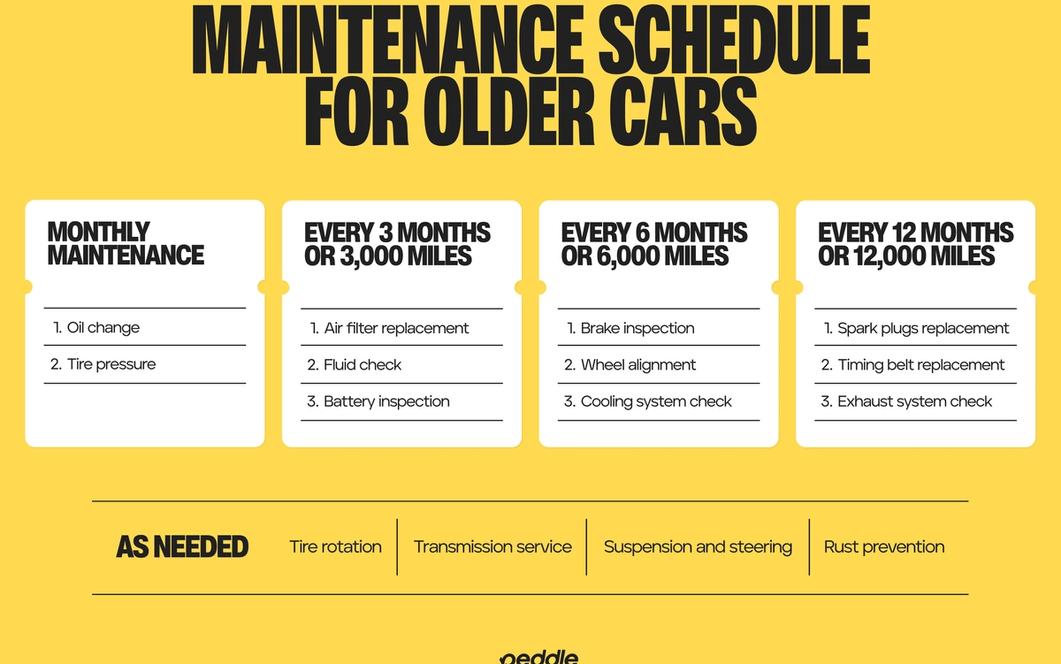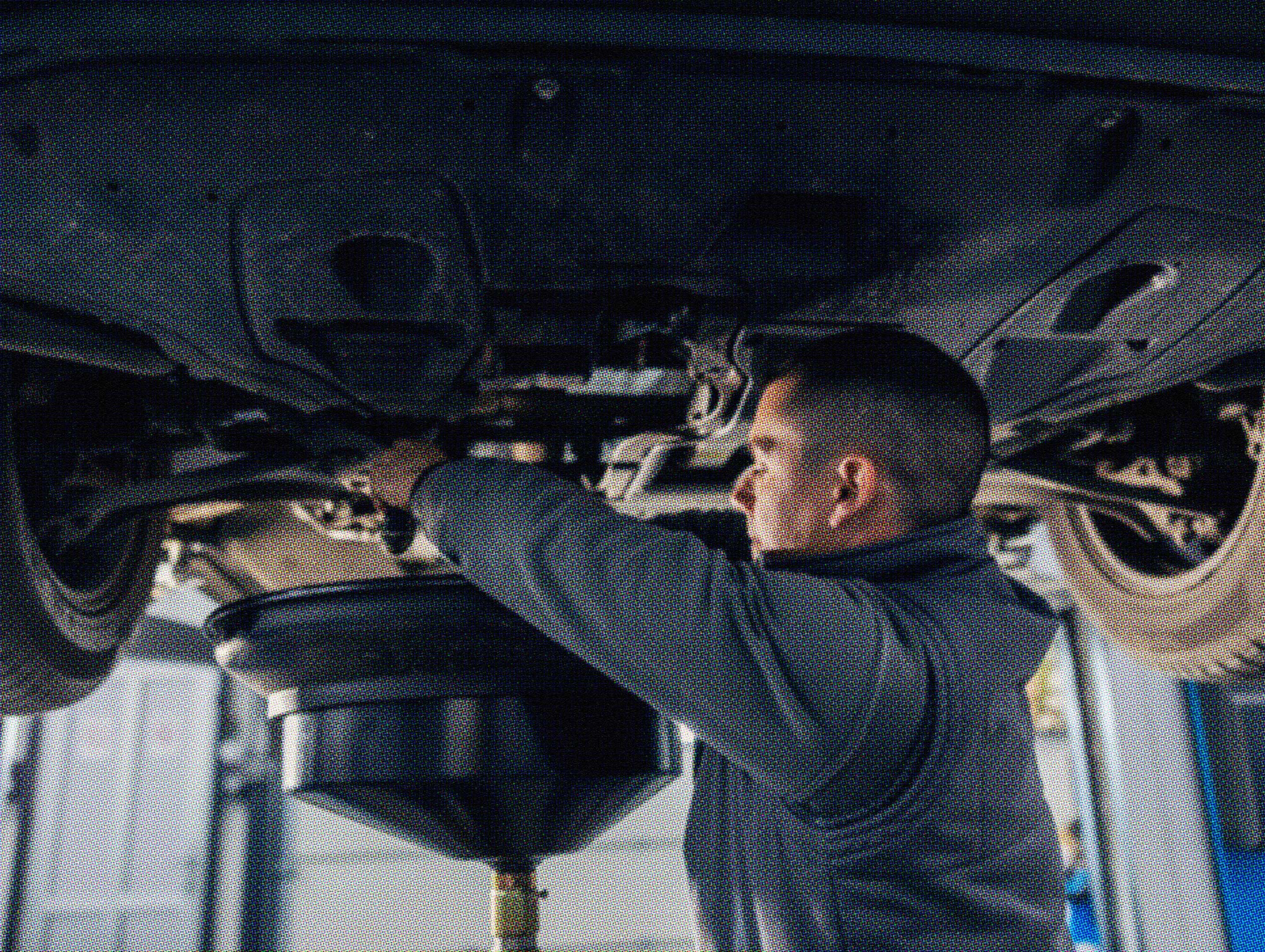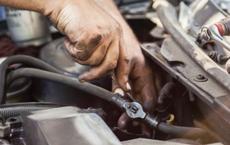4 min read
If you're the proud owner of a car that's no spring chicken and it's seen more asphalt than Willie Nelson's tour bus, exit at this rest stop to learn how to keep those wheels turning. Taking care of an older car needs a tad more attention if you want to extend its life on the road. Follow this maintenance schedule to help it run smoothly for years to come.
Check on the regular
Fluid check: Before going for a spin in your car, take a quick peek underneath it to see if there are any fresh puddles on the ground. Catching leaks early and fixing them can prevent expensive damage to your car. It's also good to check your fluids when you fuel up and topping them off as needed.
Tire pressure: Another item to check when fueling up is your tire pressure. Proper inflation improves fuel efficiency and tire longevity to help prevent sudden blowouts while driving.
Check every 3 months or 3,000 miles
Oil change: Older cars need oil changes every 3,000 miles and, depending on the vehicle's condition, more frequently than that. Some experts suggest aiming for an oil change once a month.
Air filter: A clean filter ensures proper airflow into the engine to boost performance and fuel efficiency while preventing your motor from working harder than needed.
Battery inspection: If you notice cables connected to your battery have cracks or corrosion on the terminals, it's time to get it serviced by a mechanic.

Check every 6 months or 6,000 miles
Brake inspection: At least twice a year, you should rotate your tires and, at the same time, have your brakes inspected. Waiting too long to replace your brake pads and rotors can lead to expensive repairs and brake failure.
Wheel alignment: If you notice your car pulls to the right or left while driving, your wheels are probably out of alignment, leading to uneven wear on your tires.
Cooling system: If you notice cracks in your radiator and hoses or low coolant levels, it's best to replace the necessary parts to prevent your car from overheating and causing major engine damage.
Check every 12 months or 12,000 miles
Spark plugs: Have your plugs inspected, cleaned, or replaced yearly to improve fuel efficiency and engine performance.
Exhaust system: Leaks, rust, or damage can contribute to excessive noise and pollution. There can also be blockages that may reduce engine efficiency or gas mileage.
Check as needed
Timing belt or chain: Older cars have one or the other, but if yours has a timing belt, it needs to be changed more often. Check your owner's manual for recommended replacement to avoid engine damage.
Transmission service: Consider a transmission fluid change every 30,000 to 60,000 miles, depending on the usage of your car.
Rust prevention: Older cars are prone to rust because they were built with galvanized steel. Regularly clean, treat, and paint rust-prone areas to prevent further corrosion.
Interior care: Keeping the upholstery clean and applying protectants will help with fading and damage.
We hope this basic maintenance schedule helps your older car continue to purr like a kitten. If it's becoming more of a headache than a joyride, it might be time to sell it. We can help you offload that old car quickly and easily by getting a no-pressure offer today.
Related articles
Finally retiring old-trusty? Get an offer in minutes-it's easy as pie


